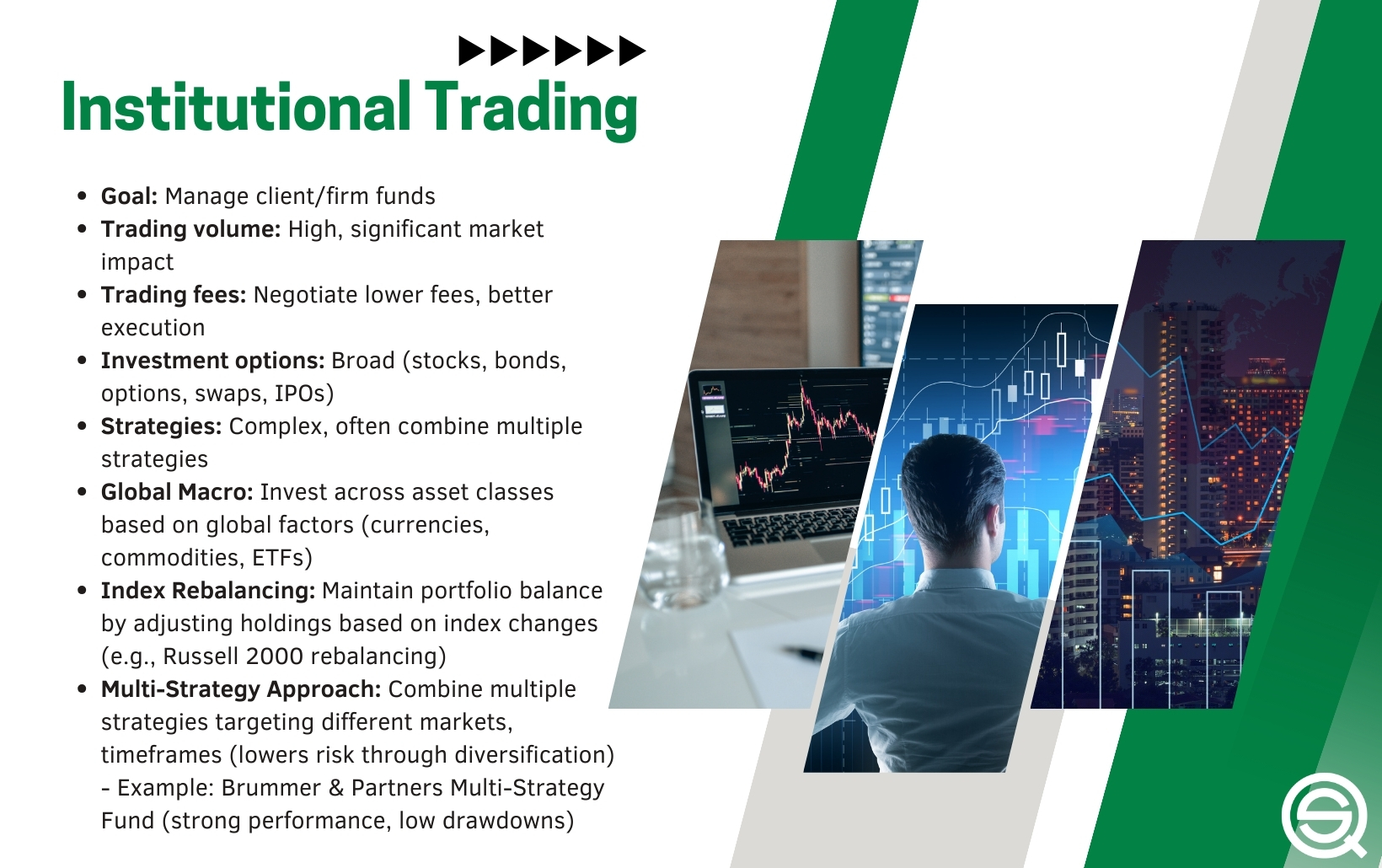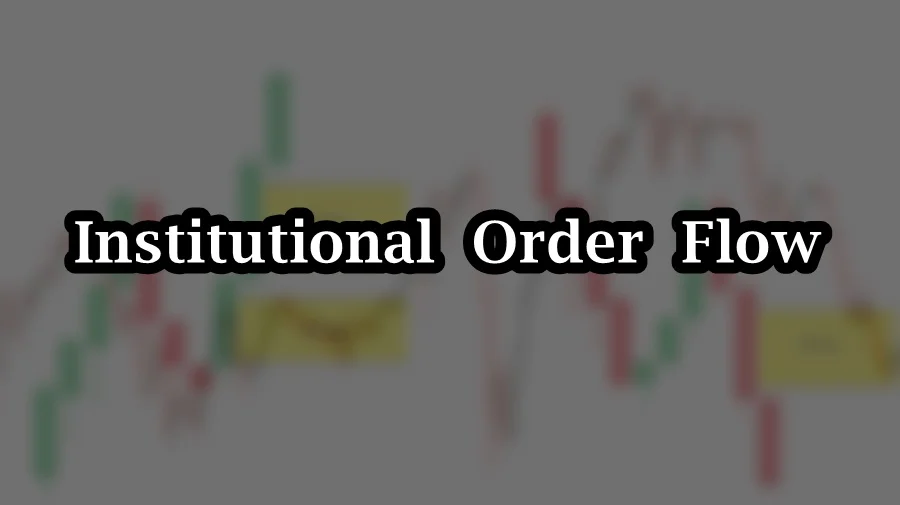Did you know that institutional traders can influence stock prices so much that they might as well have their own gravitational pull? In this article, we dive into the world of institutional trading patterns and their significant impact on day trading opportunities. Learn what institutional trading patterns are, how they shape market trends, and why certain stocks attract institutional interest. We’ll discuss how to identify signs of institutional buying and selling, the effects of trading volumes on day trading, and the role of dark pools and algorithms. Additionally, discover useful tools for tracking institutional activity and understand the risks involved in trading around these powerful market players. By grasping these concepts, you can enhance your day trading strategies with insights from DayTradingBusiness.
What are institutional trading patterns?
Institutional trading patterns are the buying and selling behaviors of large financial institutions, like hedge funds and mutual funds. They often involve significant volume shifts, strategic order placements, and timing that reveal their investment intentions. These patterns can cause noticeable price moves, creating opportunities for day traders to anticipate market direction. Recognizing when institutions are accumulating or offloading assets helps traders predict short-term price swings and execute timely trades.
How do institutions influence market trends?
Institutions influence market trends by executing large trades that move prices, creating momentum or reversals. Their sustained buying or selling can establish long-term trends, signaling confidence or caution. When institutions enter or exit positions, it often triggers increased volatility, offering day traders opportunities to capitalize on short-term price swings. Their trading patterns, such as block trades or algorithm-driven moves, can signal potential shifts, guiding day traders to make timely decisions.
Why do institutional traders dominate certain stocks?
Institutional traders dominate certain stocks because they have large capital, advanced research, and access to better information, allowing them to influence price movements. They often buy or sell in big volumes, creating momentum that smaller traders follow. Their presence can lead to increased liquidity and tighter spreads, but also to sharp price swings. Day traders watch institutional activity because it signals potential short-term trends or reversals, making those stocks more volatile and trading opportunities more predictable.
How can I identify institutional buying and selling?
Look for large volume spikes and sustained price moves, indicating institutions are entering or exiting. Watch for block trades, high-volume candles, or unusual activity during market hours. Institutional buying often shows as steady upward moves with increasing volume; selling appears as heavy volume on downward moves. Monitor order flow and Level 2 data for large, aggregated orders that suggest institutional interest. Keep an eye on price patterns like breakouts or reversals accompanied by high volume, signaling institutional involvement.
What are common signs of large institutional trades?

Large institutional trades often cause sudden price jumps, increased volatility, and high trading volume. You might see unusual order size spikes, rapid price movements, or volume surges on charts. These trades can create slippage and widen bid-ask spreads temporarily. Clusters of large block trades or unusual activity in Level 2 order books also signal institutional involvement. Recognizing these signs helps day traders anticipate potential trend shifts or liquidity shifts.
How do institutional trading volumes affect day trading?
Institutional trading volumes can reduce day trading opportunities by increasing market liquidity and stability, making it harder for individual traders to profit from small price movements. When institutions dominate trading, their large orders can cause significant price shifts that are harder for day traders to predict or exploit. High institutional activity often leads to lower volatility, decreasing the chances for quick gains from short-term trades. Conversely, during periods of lower institutional volume, markets tend to be more volatile, creating more opportunities for day traders to capitalize on rapid price swings.
Why do institutions prefer specific trading times?
Institutions prefer specific trading times to align with market liquidity, ensure order execution efficiency, and minimize trading costs. They target periods when trading volume peaks, like opening and closing hours, to move large positions without disrupting prices. This consistency helps them manage risk, access reliable market data, and execute strategic trades smoothly.
How do dark pools impact institutional trading patterns?
Dark pools allow institutions to execute large trades without revealing intentions, reducing market impact. This secrecy prevents other traders from front-running big orders, maintaining price stability. As a result, institutional trading in dark pools can cause less price volatility during large transactions. It also shifts some trading volume away from public exchanges, affecting liquidity and bid-ask spreads. For day traders, this means less transparency in price movements and potential missed opportunities during big institutional trades. Overall, dark pools influence institutional trading patterns by enabling stealthy, large-volume transactions that can subtly sway market dynamics.
What role do algorithms play in institutional trading?
Algorithms automate and execute large trades quickly in institutional trading, analyzing market data to identify patterns and optimal entry or exit points. They shape trading patterns by enabling institutions to react instantly to market movements, often influencing liquidity and volatility. This impacts day trading opportunities by creating predictable short-term trends, but can also cause sudden price swings that day traders can exploit.
How can I use order flow data to spot institutional activity?

Look for large, consistent order blocks, sudden spikes in volume, and abnormal order sizes on the order flow tape. Institutions often place big trades that stand out from normal retail activity. Watch for rapid order execution and shifts in bid-ask spread, which indicate large players entering or exiting. Analyzing the time and size of these trades can reveal institutional interest, helping you spot potential support or resistance levels and refine your day trading strategy.
Learn about How Do Institutional Traders Use Volume and Order Flow Data?
What are the risks of trading around institutional moves?
Trading around institutional moves risks sudden price swings, increased volatility, and unpredictable liquidity gaps. These large trades can cause sharp spikes or drops, trapping traders who don’t anticipate the move. Mistiming entry or exit during these periods can lead to significant losses or missed opportunities. Institutional trades often move markets quickly, making it hard to execute trades at desired prices.
How do institutional holdings sway stock prices?
Institutional holdings influence stock prices by signaling confidence or concern. Large institutions buying can drive prices up, while selling can push them down. Their trading patterns often set market trends, creating opportunities for day traders to follow or anticipate moves. When institutions increase holdings, it can attract retail traders, boosting demand. Conversely, sudden drops in institutional holdings may trigger panic selling. Overall, institutional trading patterns shape short-term price movements and can create predictable shifts for day trading.
What are the differences between retail and institutional trading?
Retail trading involves individual investors using personal accounts, typically with smaller sums and less access to advanced tools. Institutional trading is done by large organizations like banks or hedge funds, using significant capital and sophisticated algorithms. Institutions often execute large block trades, impacting market prices, while retail traders usually place smaller, more frequent orders. Institutional traders rely on in-depth market analysis and faster execution, giving them an edge over retail traders. This dynamic influences day trading opportunities, as institutions can move markets quickly, creating both risks and opportunities for retail traders trying to capitalize on short-term movements.
How can understanding institutional patterns improve day trading strategies?
Understanding institutional trading patterns reveals when big players buy or sell, helping day traders anticipate market moves. Recognizing these patterns allows traders to align their entries and exits with institutional activity, increasing the chances of profitable trades. It also helps avoid false signals caused by retail-driven noise, focusing on genuine market shifts. By tracking volume surges, order flow, and price actions linked to institutions, traders can time trades more precisely and improve their risk management.
Learn about How Do Institutional Traders Influence Day Trading Strategies?
What tools help track institutional trading activity?
Tools like Bloomberg Terminal, Thomson Reuters Eikon, and FactSet monitor institutional trading activity. Market depth tools such as Level II quotes, order flow analysis platforms like Bookmap, and trade volume analysis software also reveal large institutional moves. Some brokers offer proprietary analytics for institutional order flow, and data providers like Cboe's Market Volume Reports help track big trades.
Learn about What Tools Help Track Dark Pool Activity?
Conclusion about Institutional Trading Patterns and How They Impact Day Trading Opportunities
Understanding institutional trading patterns is crucial for enhancing your day trading strategies. By recognizing how institutions influence market trends and identifying their buying and selling behaviors, traders can better navigate the complexities of the market. Utilizing tools like order flow data and being aware of trading volumes can provide insights into potential price movements. Moreover, understanding the risks associated with trading around institutional moves can protect your capital. Ultimately, leveraging this knowledge can lead to more informed decisions and improved trading outcomes. For further guidance and expertise on tapping into these insights, DayTradingBusiness is here to assist you.
Learn about How Do Prop Firms Impact Day Trading Profitability?